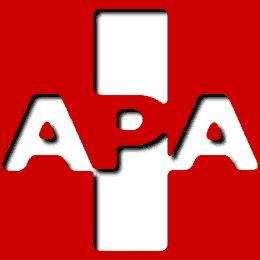Therapy and training
To start with, there is a joint review of the applicant's physical and/or mental abilities and limitations and his or her wishes. Based on this, individual objectives are drawn up and the skills and facilities needed to achieve them are investigated.
In this, attention is given to socio-cultural matters and personal circumstances. A treatment or work plan is then prepared in consultation with the applicant and those most closely concerned.
The plan addresses the following:
– Training in everyday personal skills such as washing, dressing and eating and other day-to-day activities.
– Practicing mobility skills, if necessary using a wheelchair or artificial limb, or improved communication using a communicating device.
– The provision of aids and equipment, making maximum use of local products and production methods. If local resources are not satisfactory, sufficient or sustainable, acceptable alternatives will be sought further afield.
– The full or partial financing of medical help, such as a physical examination, operation or course of therapy.
– Searching for and creating a suitable training place or job. Where possible, existing occupational and other training courses and work places will be used.
– Adapting of the surroundings, such as the home, school or work situation to the abilities of the person involved.
The APA Foundation (Stichting APA) deploys people on site to mediate between applicants and the Foundation.
As well as identifying problems themselves, these mediators can forward applications for assistance they have received to the Foundation. Applications and grants of assistance will be communicated in writing. The board of the APA Foundation will consider applications and its decisions will be final.
The mediators also monitor the implementation of the assistance granted, evaluate progress and report back to Foundation in a written report.
The APA Foundation's financial report is available to donors on request.
